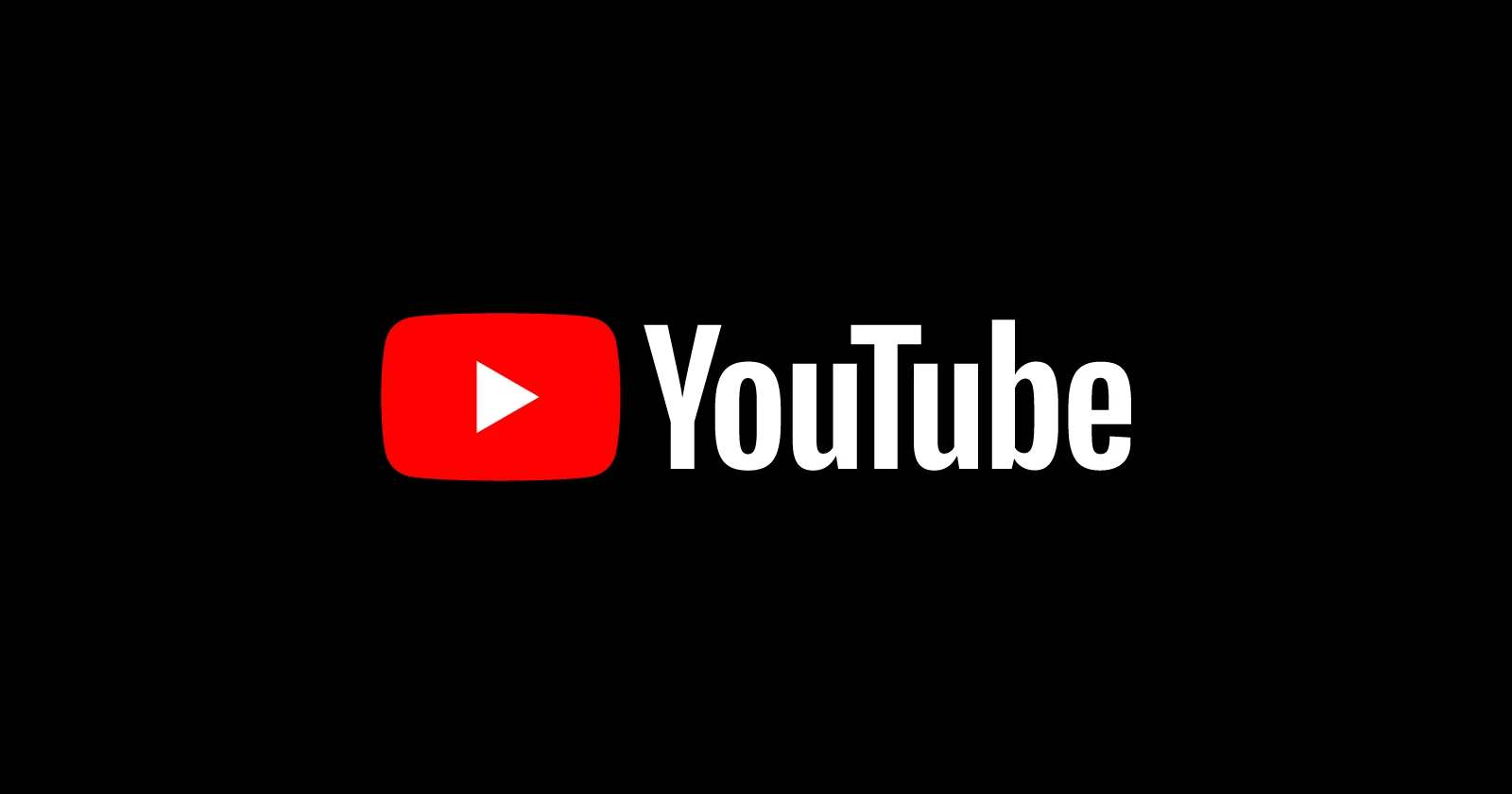If you’re a YouTube creator, you might have encountered the frustrating issue of invalid traffic on your channel. Don’t worry, you’re not alone! YouTube has recently addressed this common concern in an FAQ post, and in this article, I’ll break it down for you.
First things first, what exactly is invalid traffic? According to YouTube, it’s any interaction with ads on your channel that doesn’t come from real users or those genuinely interested in your content. Sounds simple enough, right? Well, it gets a bit trickier.
You might be thinking, “But I’m not doing anything shady!” Well, that doesn’t really mean you’ll never find yourself in this sticky situation. Invalid traffic can happen without you even realizing it. Those tempting services promising to boost your likes, views, or subscriptions? They might be secretly driving paid traffic to your channel. YouTube’s advice? Always do your homework on potential partners and their methods.
But wait, there’s more! Sometimes, external users deploy bots to view YouTube videos for not-so-kosher purposes, like training AI models. YouTube’s on the case, though, constantly improving their defenses against these sneaky tactics.
Now, you might be wondering if deleting videos or pausing uploads will solve the problem. Spoiler alert: it won’t. In fact, YouTube warns that these actions might actually hurt your channel’s overall ad revenue. So, hold off on that delete button!
What about using the Promotions tab or embedding your videos? Good news! These legitimate practices won’t increase your risk of invalid traffic. Neither will enabling mid-roll ads, so feel free to monetize away.
Here’s a head-scratcher: even if YouTube Analytics shows most of your traffic coming from recommendations, you could still be dealing with invalid traffic. Why? Because invalid traffic doesn’t show up in Analytics – it’s sneaky like that.
If you do find yourself facing invalid traffic issues, YouTube might temporarily limit ad serving on your channel. It’s not personal – they’re just trying to keep things fair for everyone involved: creators, viewers, and advertisers alike.
The bottom line? Stay vigilant, use legitimate promotion methods, and if you’re ever in doubt, reach out to YouTube directly. You can also check out YouTube’s official documentation on the issue for more details.
TechIssuesToday primarily focuses on publishing 'breaking' or 'exclusive' tech news. This means, we are usually the first news website on the whole Internet to highlight the topics we cover daily. So far, our stories have been picked up by many mainstream technology publications like The Verge, Macrumors, Forbes, etc. To know more, head here.


